The Case
This week’s Case of the Week is taking us back to the basics with lung ultrasound. This is a 78-year old woman admitted a week prior with respiratory failure secondary to CHF exacerbation and COPD; on admission, she had a pleural effusion that was tapped and found to be transudative. She now has ongoing dyspnea in the ICU with increasing oxygen requirements. so the POCUS team was called in to help sort things out.
Her anterior chest looked like this throughout:
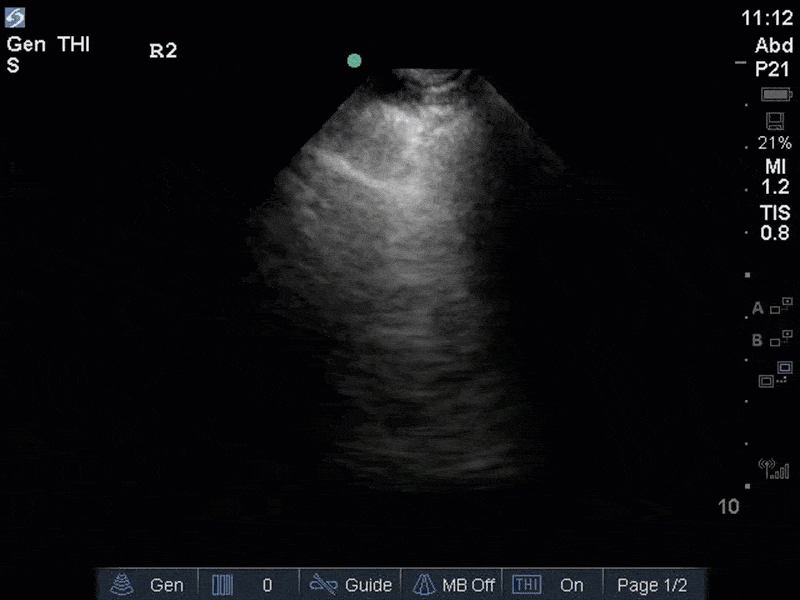
And here’s her R lung base:
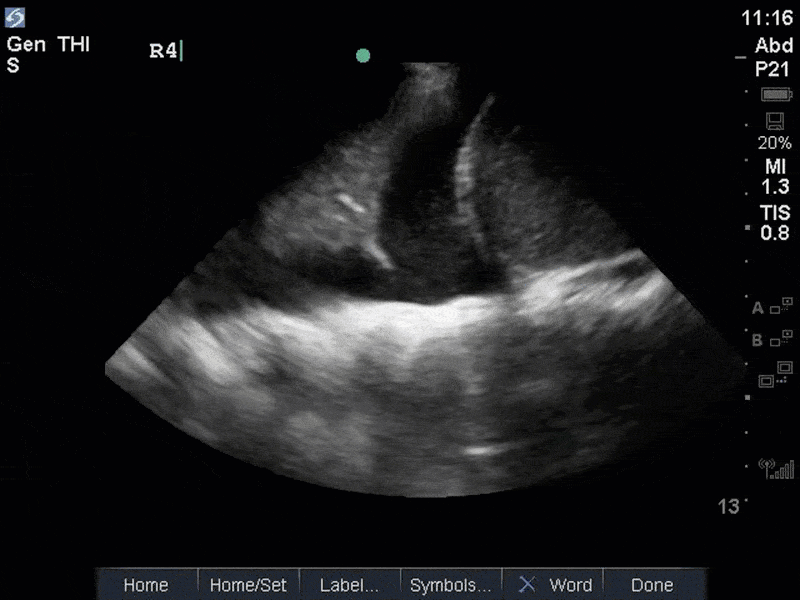
Based on these images, what do you think is going on? What’s the therapeutic move here – lasix, lasix, and more lasix?
On first inspection, this may seem to be an open-and-shut case of hydrostatic pulmonary edema with a transudative pleural effusion, consistent with worsened heart failure (after all, this would fit with the clinical history). However, there are a couple of clues that something else is afoot in the lungs.
Firstly, in the anterior chest, our B-lines seem to be emanating from a slightly irregular pleura. In the context of B-lines, examination of the pleural line is helpful in distinguishing pure hydrostatic pulmonary edema (smooth pleura line) from inflammatory or infectious causes such as pneumonia, ARDS, ILD, etc (irregular pleura line). We get the impression that the pleura is a bit irregular from this clip; this would have been even better seen with less depth or with the linear probe.
Secondly, and more importantly, take a closer look at that effusion. Within the anechoic space we actually see swirling echogenic debris. This nice piece of #eyescandy is a perfect demonstration of the plankton sign – swirling punctiform echogenic material within an anechoic effusion that effectively rules out a transudative process and points towards etiologies such as infection or malignancy.
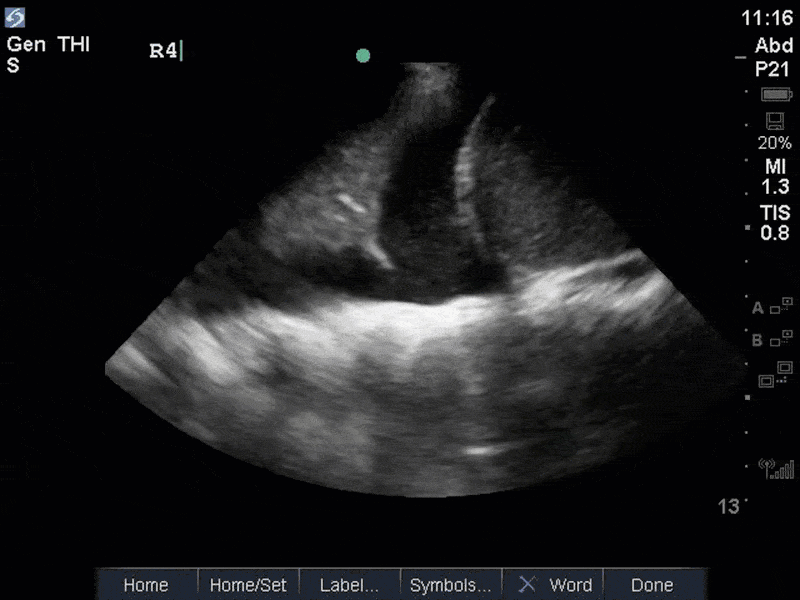
In this case, the POCUS findings pointed towards a new hospital-acquired pneumonia (supported by a thoracentesis which revealed an exudative process), and the patient was treated with appropriate antibiotics.
That’s all for this week. Happy scanning!

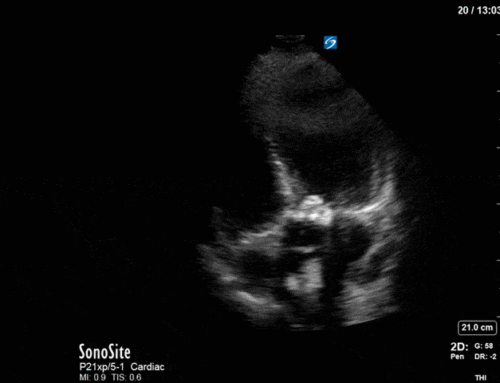
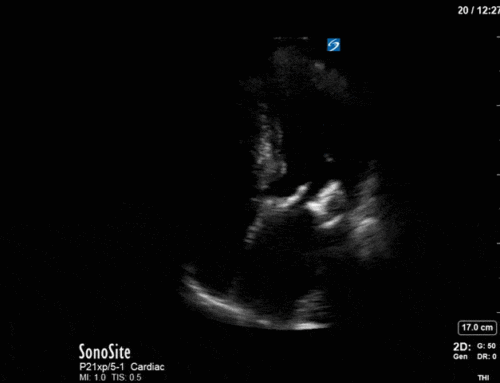
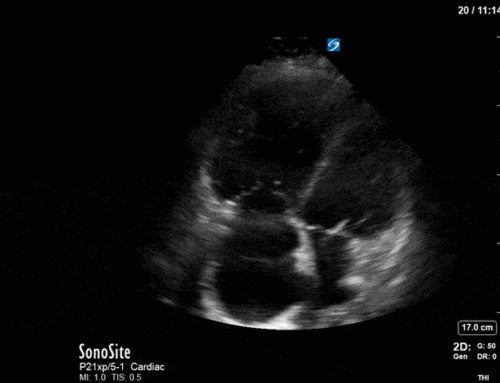
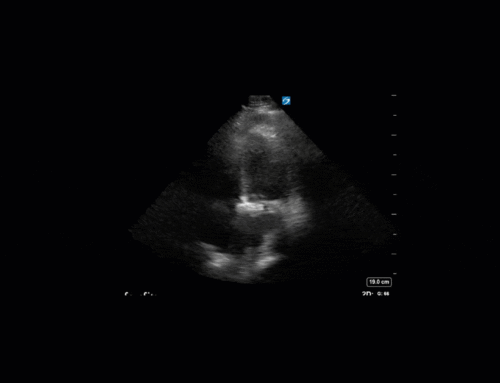
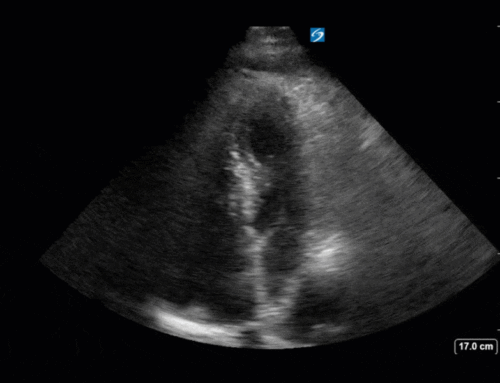
That effusion looks like malignancy, I would recommend citologic of the liquid and pleural biopsy